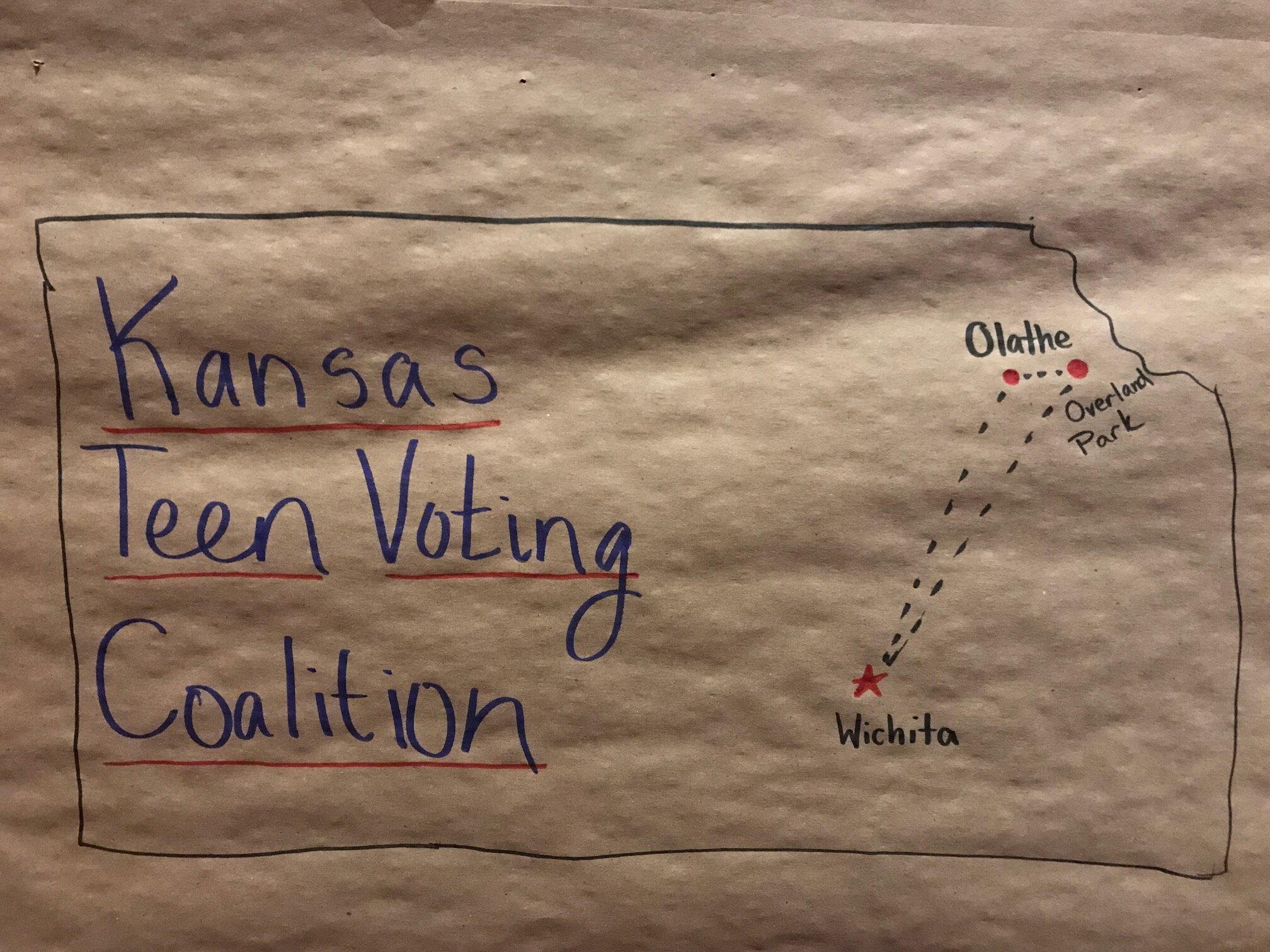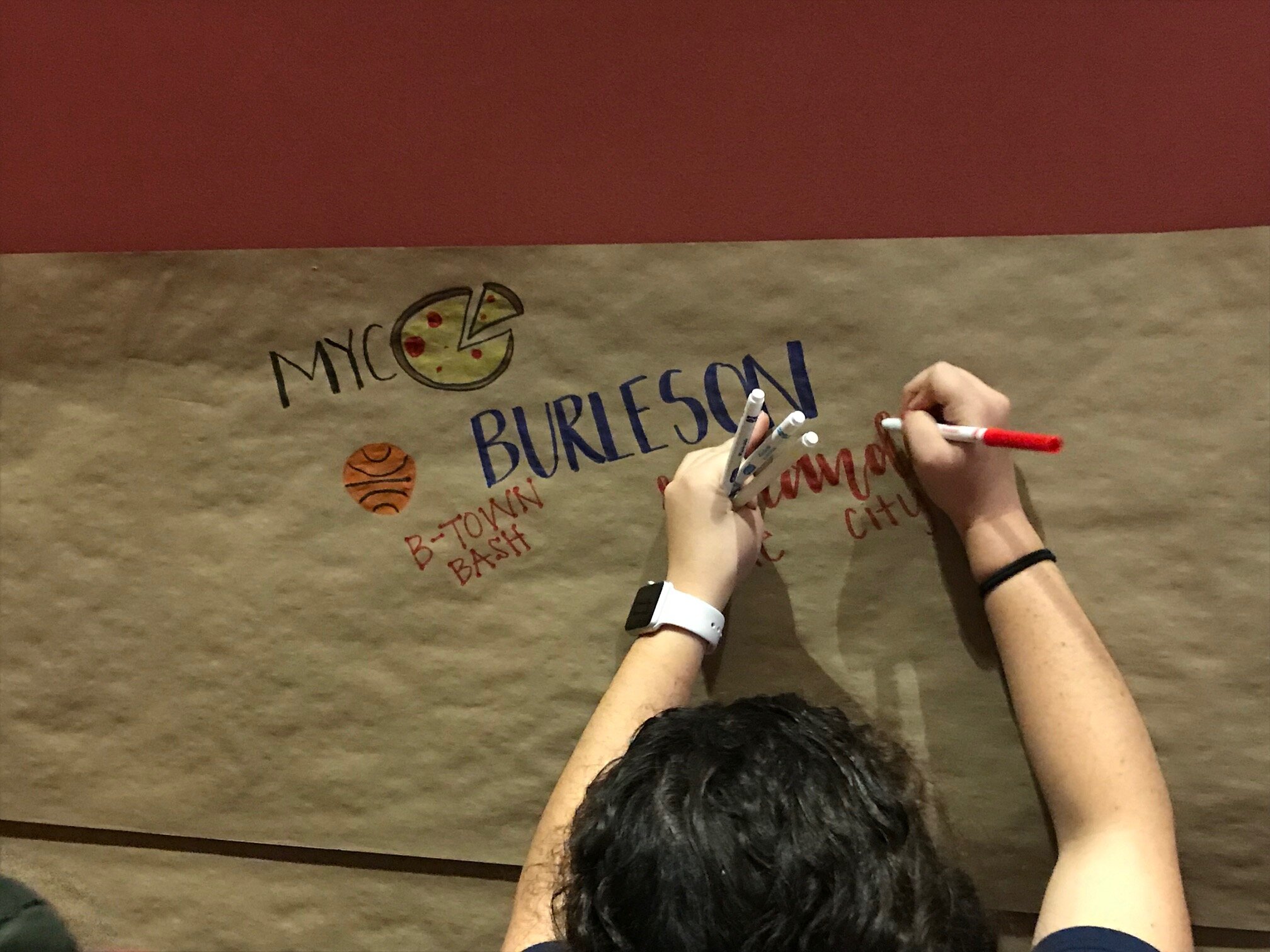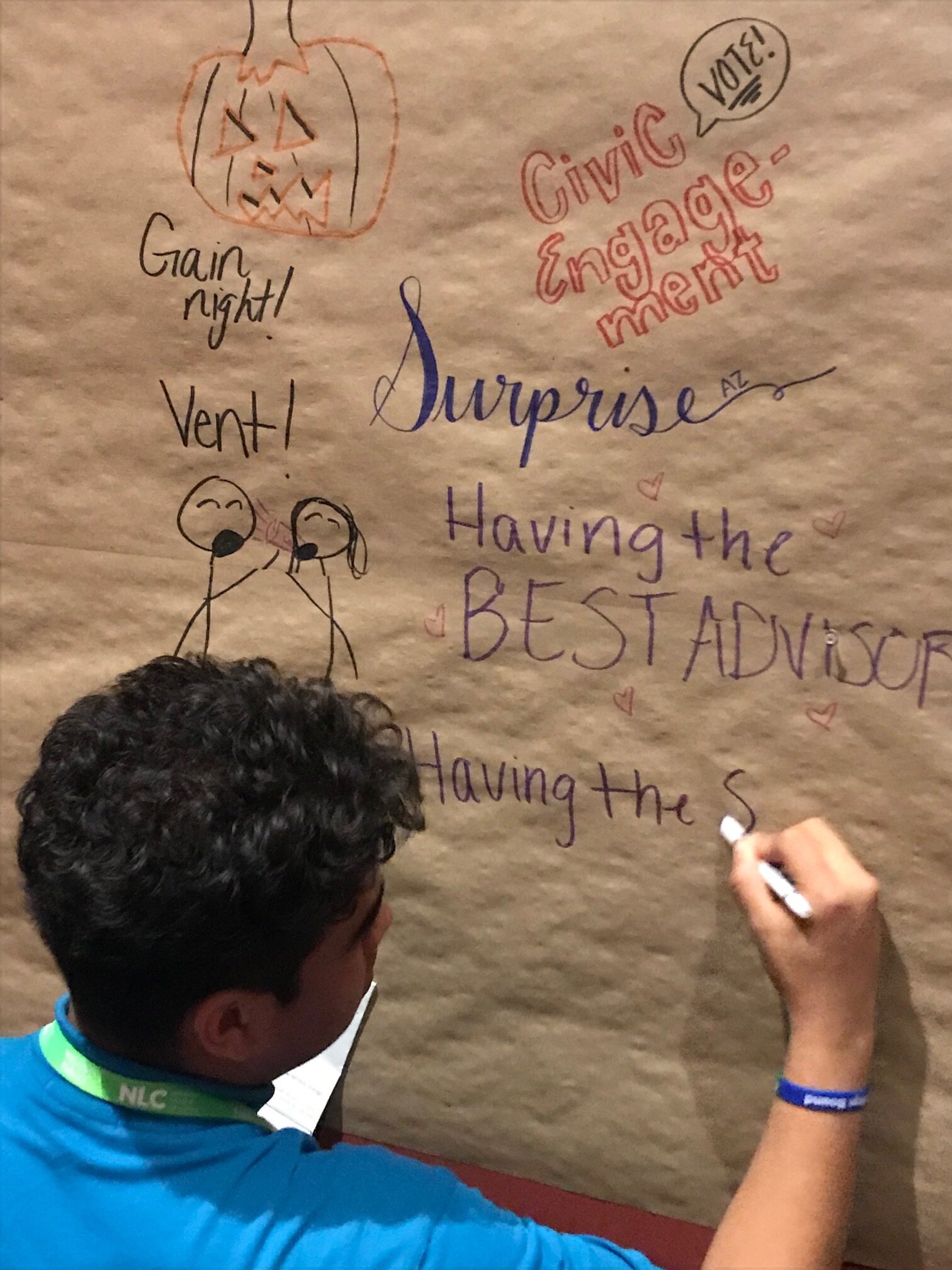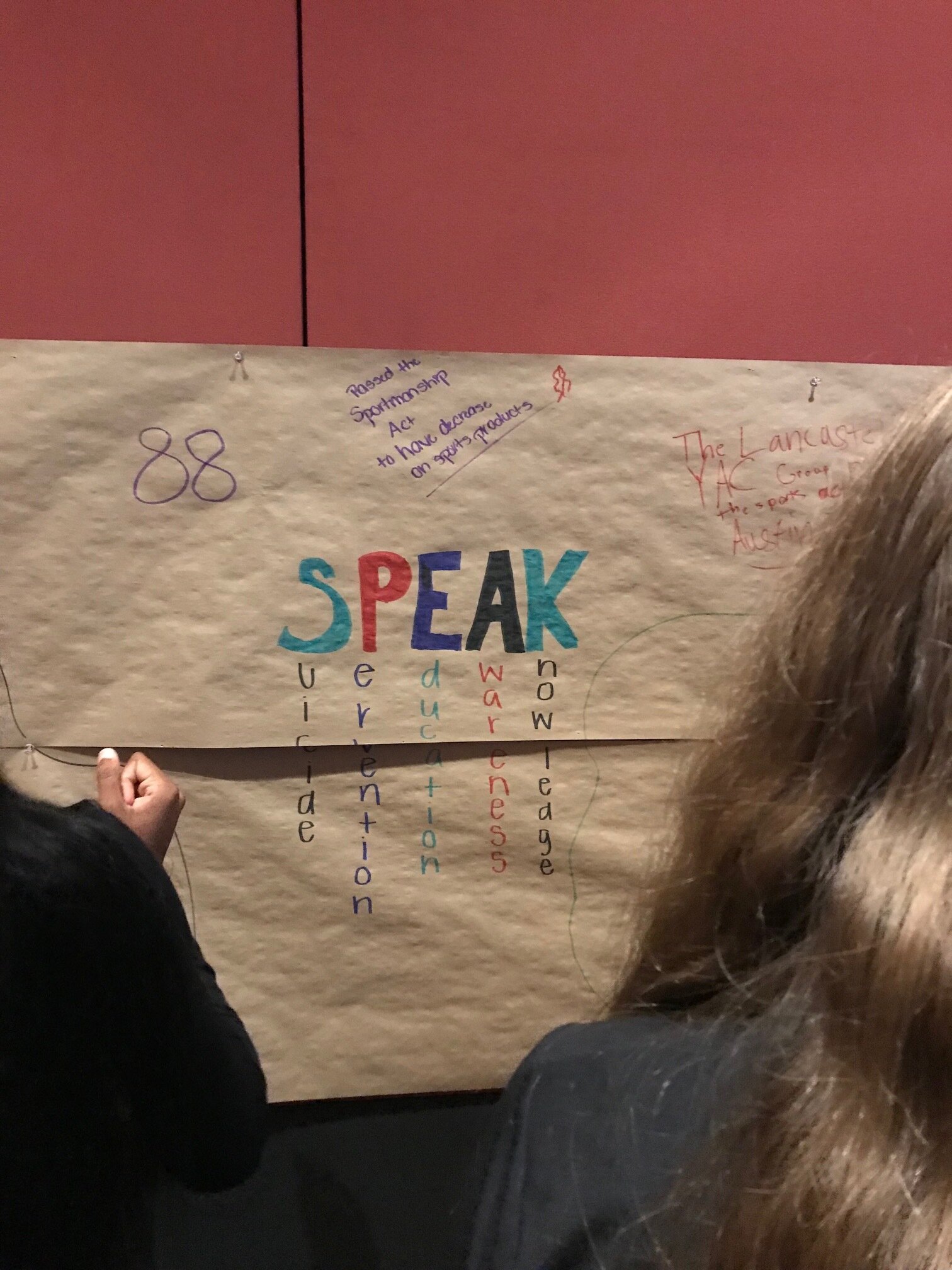When I began this journey, I promised myself I’d try for six months before second guessing this decision. Here I am a year later and, while I definitely haven’t figured everything out, I’m so grateful to still be building my business.
One Year Celebration!
My family made me a cake to celebrate one year in business
Being able to focus all my energy on youth-adult partnership, combined with the national inching toward racial justice and the growing recognition of youth leaders in diverse public debates, has reaffirmed the central tenet upon which I’ve grounded my work - that young people, and indeed all oppressed people, must be equal partners in the decisions that affect them. That the only way to make meaningful, effective change is through shared power and shared accountability among everyone affected by reforms.
I am excited to have supported my clients, including the Center for Children’s Law and Policy, the National Association of Counsel for Children, and the National League of Cities, to make progress toward their youth engagement goals.
Thanks to my colleagues at the Coalition for Juvenile Justice and National Assessment Center Association, I will soon introduce the core tenets of youth-adult partnership and its utility in juvenile justice and diversion to new audiences.
I recently created an opportunity for any adults seeking to strengthen their skills as a partner to youth. My virtual training and coaching services are open to any adults who see the tremendous youth leaders in their midst and want to step up in partnership.
As local youth councils return to work this Fall, I look forward to supporting their peer learning and mutual support through the Network of Youth Civic Engagement. N-YCE provides a virtual platform for local youth councils, answering the call from so many of the youth council leaders I worked with during my time at the National League of Cities.
I am very grateful to everyone I’ve worked with and learned from. So many people helped me take that next step by sharing their expertise, passion, time, and energy that I can’t possibly list everyone here. So I say a heartfelt “Thank you!” to everyone reading this. Without you, I would still be overthinking or undervaluing language, stumbling through things on my own instead of getting answers from experts you connected me with, and struggling to believe that this was possible.
There’s still uncertainty and fear on the horizon, but I hope to look back next summer and say I continue to learn, grow and do my best work.











